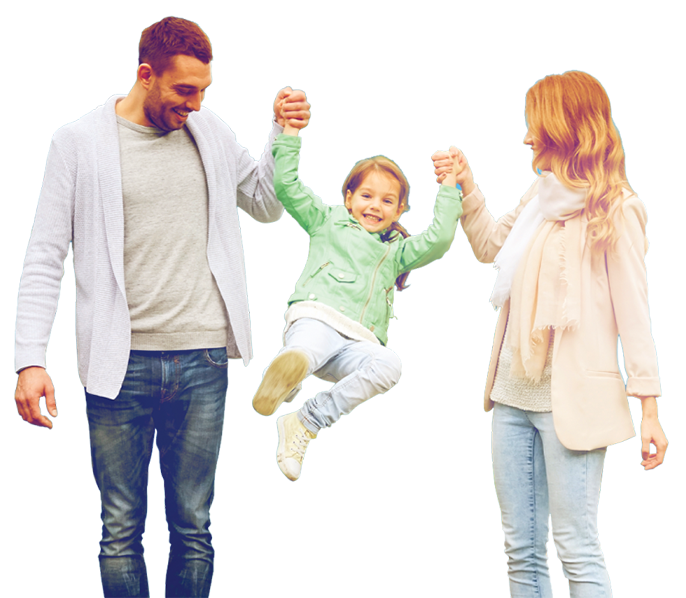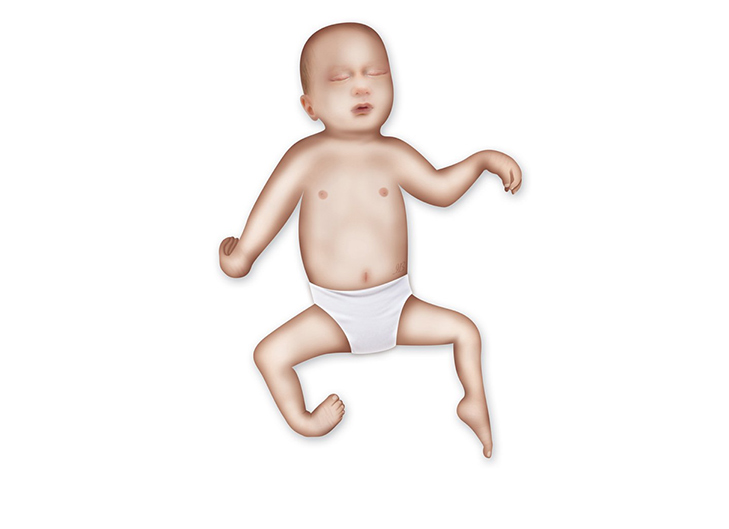`Arthrogryposis is a non-progressive – it does not worsen over time – disorder that is present at birth, involving many muscle and tendon shortenings that limit joint movement. It occurs in approximately 1 out of 3,000 births (0.03%), and can affect all four limbs, or upper or lower limbs only.
Arthrogryposis causes
It is present at birth and the exact cause is unknown.
Arthrogryposis symptoms
Muscles and tendons are shortened, so the limbs may be stuck in one position. The child’s limbs are often thin, with weakened muscles and abnormal joints resulting in, among others, knee contractures and foot conditions.
Arthrogryposis diagnosis
A doctor will perform an examination, taking into account the symptoms and their appearance. If more information is needed, imaging tests – such as X-ray, CT scan or MRI – may be performed, along with more specialized tests, like muscle or skin biopsy, blood tests and nerve tests.
Arthrogryposis treatment options
Arthrogryposis can be treated with joint manipulation, orthotics and casting, particularly in the first few months of life. For correction of severe and ongoing deformities, surgery may be required. Surgery can be as simple as releasing the Achilles tendon or the use of an external fixation device, which may be required for realignment and to lengthen limbs that have contractures.
Arthrogryposis multiplex congenita complications
Proper treatment helps improve the range of motion and your child’s ability to use their limbs, although there is no way to completely fix arthrogryposis. Depending on the severity of the condition, people with arthrogryposis may have few physical limitations after treatment, while others who are more severely affected may live with discomfort and lack of mobility, and require physical assistance for daily activities.
 Share on facebook
Share on facebook
 Share on twitter
Share on twitter
 Share on linkedin
Share on linkedin
 Share on email
Share on email

